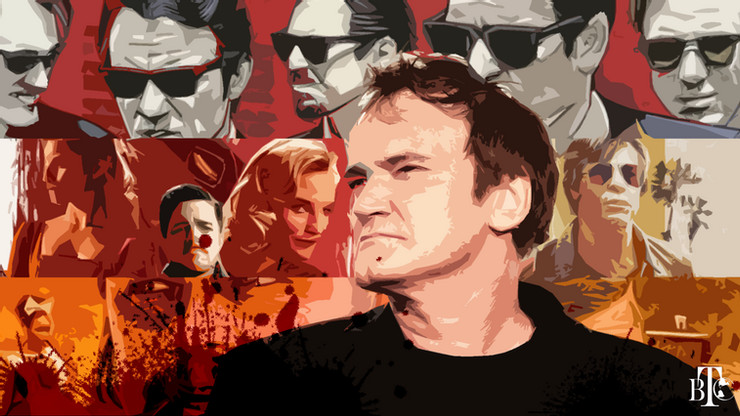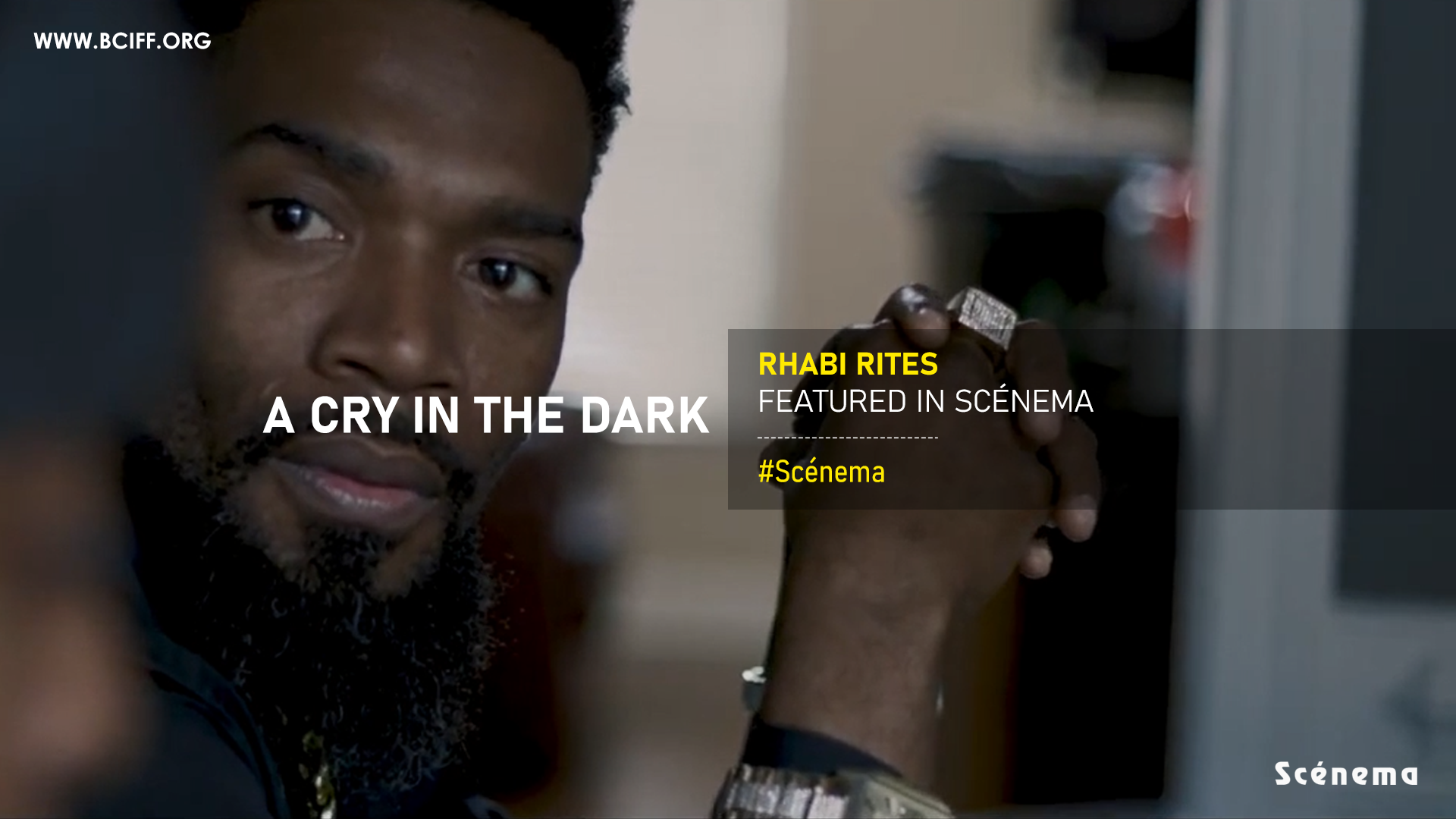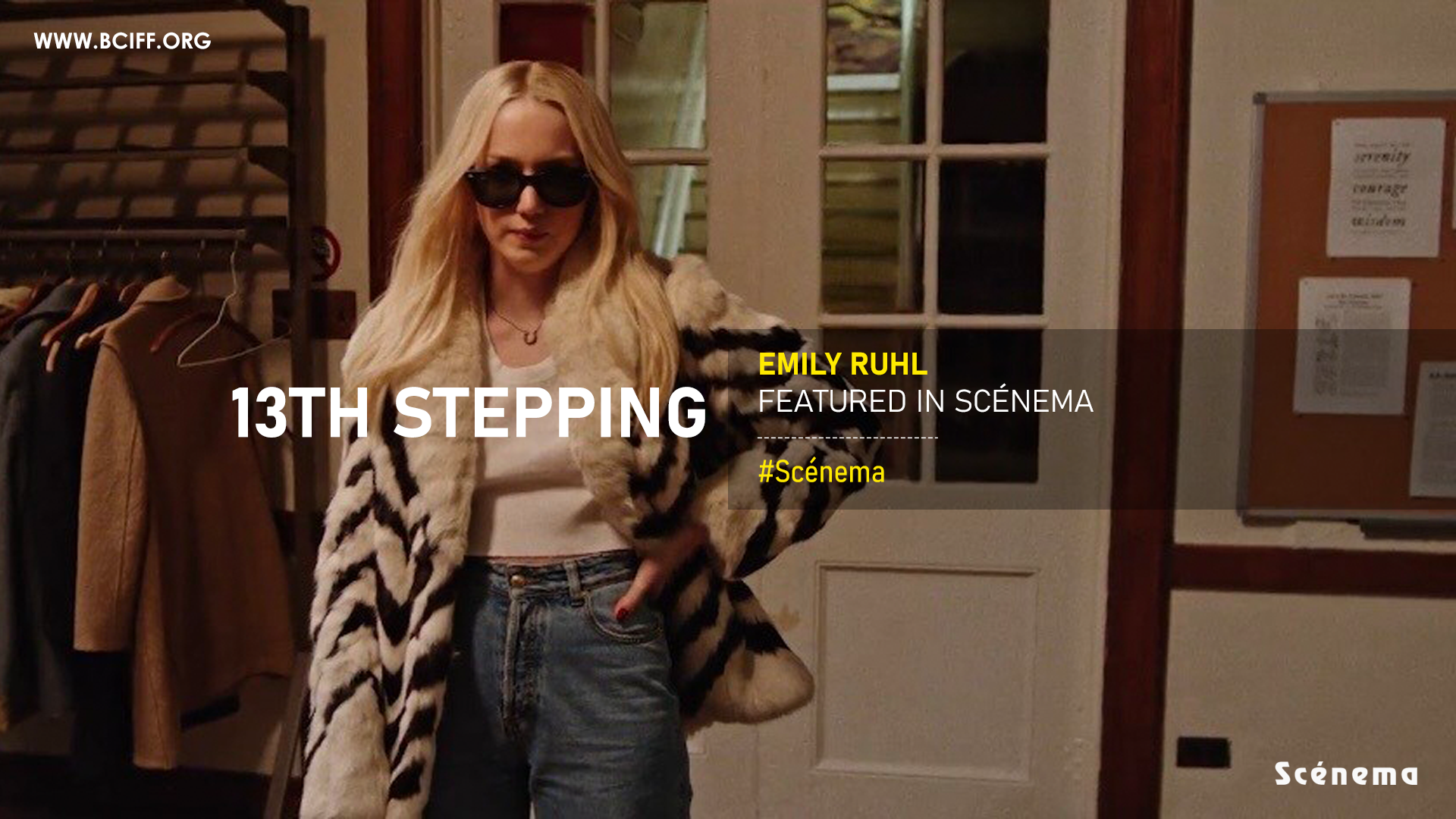Violence is satisfying. Even a pacifist would agree after finishing a Quentin Tarantino movie. But what’s the reason behind Quentin using gross graphic representation of blood and violence? Answer to that question from the man himself would be, “BECAUSE, IT’S SO MUCH FUN, JAN!”
Violence can be commonly defined as any behaviour involving physical force intended to hurt or damage anyone or anything. Moving ahead from the physical nature of it, violence can be done without raising hands- through words, deeds, thoughts, and so on. However the way, every kind of violence shares the common objective of hurting an individual. Johan Galtung, in his article ‘Violence, Peace and Peace Research’ (1969) took violence at a social scope, wherein an existing system or human behaviour at a socio-political level prevents people from enjoying basic needs, calling it ‘Structural Violence’. This includes racism, casteism, sexism and even poverty and climate change.
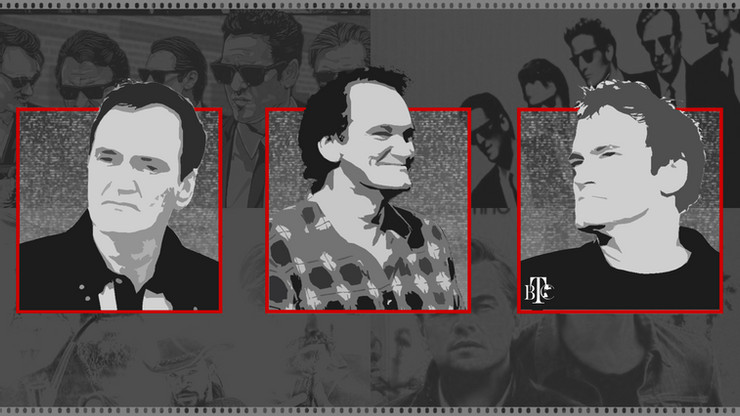 So when we talk about the use of ‘violence’ in movies made by one of the greatest and most influential movie directors of this age, or even the use of it in art in general, the violence depicted has greater and profound meanings behind it.
So when we talk about the use of ‘violence’ in movies made by one of the greatest and most influential movie directors of this age, or even the use of it in art in general, the violence depicted has greater and profound meanings behind it.
And this is really the case with Quentin Tarantino’s works. His movies have been inspired by the noir genres of the past that used violence to set the tone of that particular universe. Spaghetti Westerns and Japanese Samurai movies had the theme of ‘honour-in-defeat’, while Blaxploitation movies that used to target Black audiences often portrayed African-American as the saviour-of-the-day, a community that has been exploited against and suppressed for centuries.
Tarantino’s use of physical and verbal violence has always served the purpose of fulfilling character sketch, showcasing the intensity of a scene, and above all irony. The latter part makes the violence satisfying. Maybe if all this sounds nonsense to you, maybe try watching some of the movies below. And yeah, no spoilers ahead so don’t worry.
Reservoir Dogs
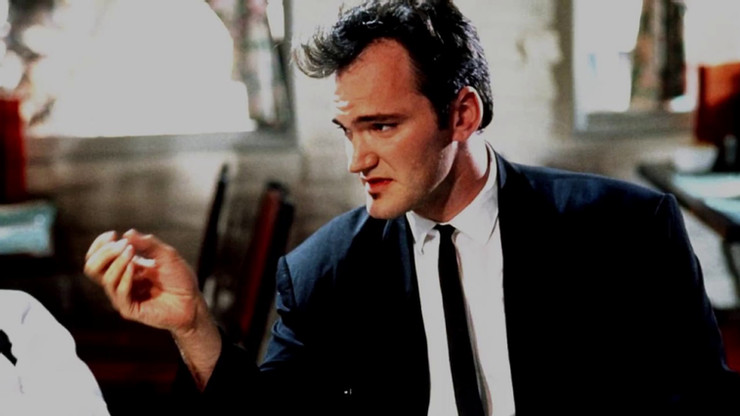 Tarantino set the tone for his use of violence in his first feature-film itself. A crime-drama which revolves around a band of professional criminals trying to rob a jewellery shop, except it all goes downhill for them. This movie has all- pop-culture references, over-extended conversations, long engaging shots, and of course, brutal violence.
Tarantino set the tone for his use of violence in his first feature-film itself. A crime-drama which revolves around a band of professional criminals trying to rob a jewellery shop, except it all goes downhill for them. This movie has all- pop-culture references, over-extended conversations, long engaging shots, and of course, brutal violence.
Kill Bill
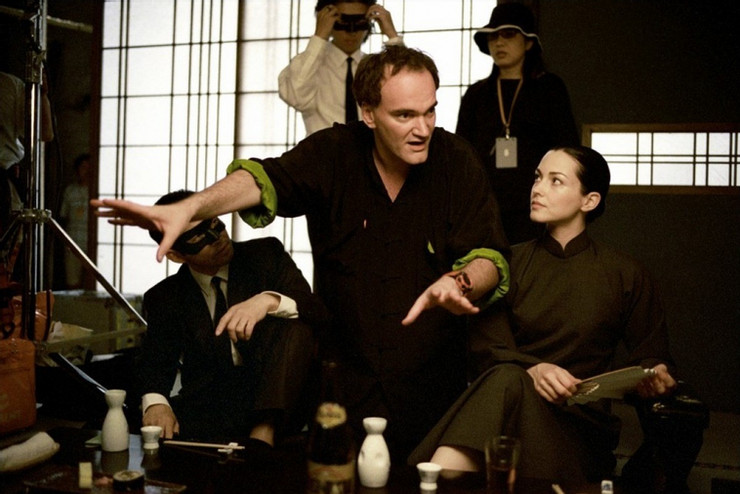 The two part-action thriller is inspired by samurai movies. This movie has elements of fighting for honour, and above all is a real woman-centric movie. But not an everyday feminist movie, this movie shows badass gals fighting off an entire army by slicing off hands, legs and ears. Kill Bill also contains an anime sequence which was inspired by Kamal Hassan’s movie, Aalavandhan.
The two part-action thriller is inspired by samurai movies. This movie has elements of fighting for honour, and above all is a real woman-centric movie. But not an everyday feminist movie, this movie shows badass gals fighting off an entire army by slicing off hands, legs and ears. Kill Bill also contains an anime sequence which was inspired by Kamal Hassan’s movie, Aalavandhan.
Inglourious Basterds
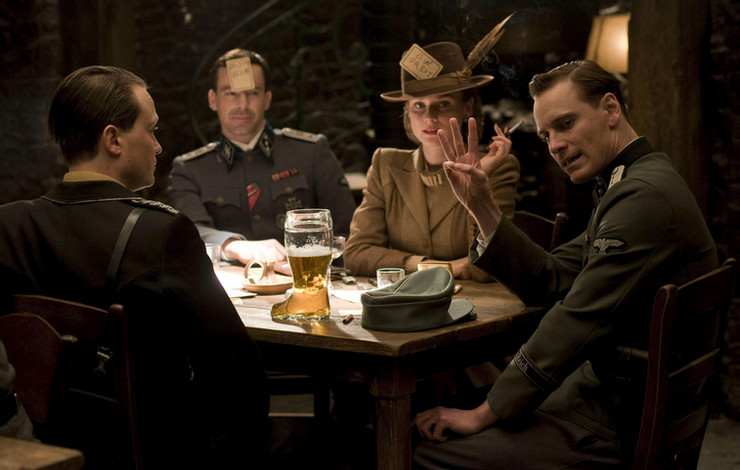 A historical revisionist movie, set in perhaps the most violent chapter of human history- the Second World War. A movie with an amazing ensemble cast, and one of the greatest villains in modern day cinema; anyone will be satisfied watching violence inflicted on the bad boys of history.
A historical revisionist movie, set in perhaps the most violent chapter of human history- the Second World War. A movie with an amazing ensemble cast, and one of the greatest villains in modern day cinema; anyone will be satisfied watching violence inflicted on the bad boys of history.
Django Unchained
Inspired from Spaghetti Westerns and Blaxploitation movies, Tarantino tells the story of a freed Slave, in search of his lost wife. Set in the period of slavery, the violence in the movie has defined characters.
Once Upon a Time in Hollywood!
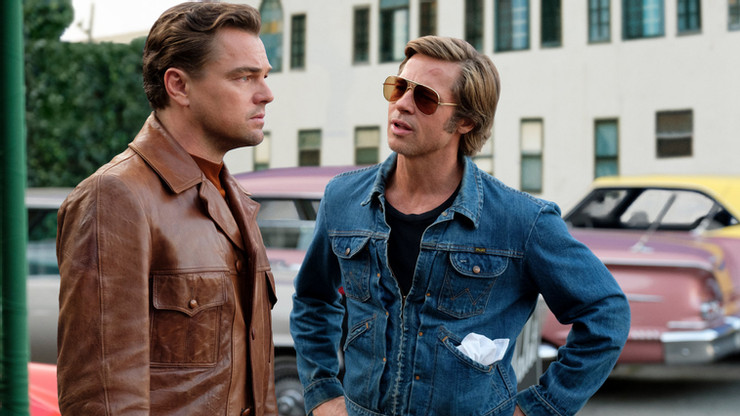 Another revisionist movie based on the infamous killings in Beverly Hills by White Supremacist and psychopathic killer, Charlie Manson. This movie had a toned-down story, without any sort of violence, until the end, when the story goes crazy and Di Caprio ends up killing someone with a freaking flamethrower!
Another revisionist movie based on the infamous killings in Beverly Hills by White Supremacist and psychopathic killer, Charlie Manson. This movie had a toned-down story, without any sort of violence, until the end, when the story goes crazy and Di Caprio ends up killing someone with a freaking flamethrower!
Every Tarantino movie is either based on some form of Structural Violence or a pre-existing system of authority and dominance. The key to dominance has always been violence- may it be patriarchy, or racism, or any social issue. Tarantino’s protagonists are often the victims, who fight their way through and against their respective system of oppression- through the use of, guess what, violence itself!

